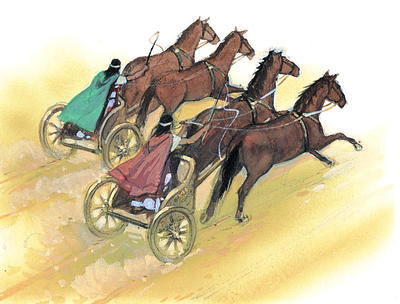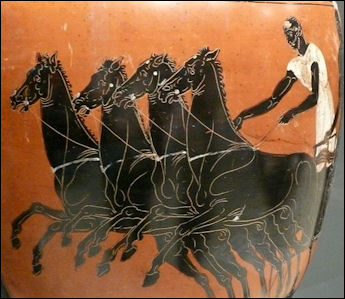

This exhibit is a subset of materials from the Perseus Project database and is copyrighted. To read more about these topics, see Further Resources. The African breed was described to have the characteristics of speed. When ancient Roman records mentioned horse breeds, the African breed was the most favored compared to the Spanish, Gaulish, Greek, and Cappadocian breeds. As a result, the owner received the olive wreath of victory instead of the driver or jockey.Īristophanes, the comic playwright, describes the troubles of a father whose son has too-expensive tastes in horses: "Creditors are eating me up alive.and all because of this horse-plague!" (Aristophanes, Clouds l.240ff.) Ancient Roman chariot race teams would have very likely been made up of close ancestors to the modern Arabian. Chariot races could be watched by women, who were banned from watching many other sports. Chariot racing was dangerous to both drivers and horses as they often suffered serious injury and even death, but these dangers added to the excitement and interest for spectators. Only wealthy people could afford to pay for the training, equipment, and feed of both the driver (or jockey) and the horses. Chariot races were a popular sport in Ancient Greece and Rome.

The course was 6 laps around the track (4.5 miles), and there were separate races for full-grown horses and foals. Photograph by Maria Daniels, courtesy of the Tampa Museum of Art Riding The course was 12 laps around the stadium track (9 miles). Another race was between carts drawn by a team of 2 mules. When the Romans conquered Greece in 146 BC they adopted the sport. There were both 2-horse chariot and 4-horse chariot races, with separate races for chariots drawn by foals. The Olympia hippodrome was of a size to allow 60 chariots to race at once. Photograph by Maria Daniels, courtesy of the Tampa Museum of Art Side A: charioteer and chariot box at left Photograph by Maria Daniels, courtesy of Harvard University Art Museums


 0 kommentar(er)
0 kommentar(er)
